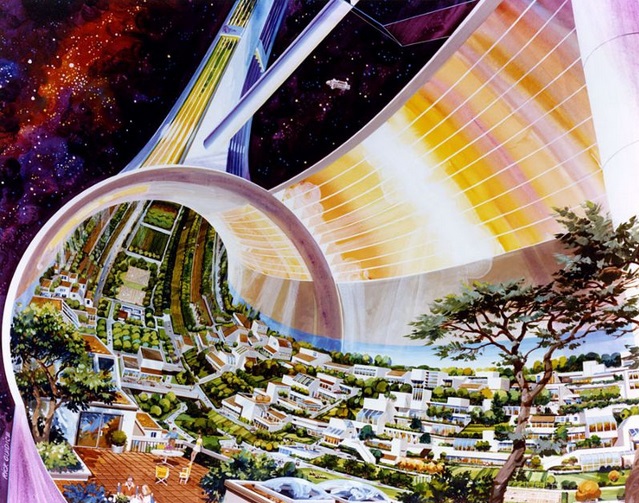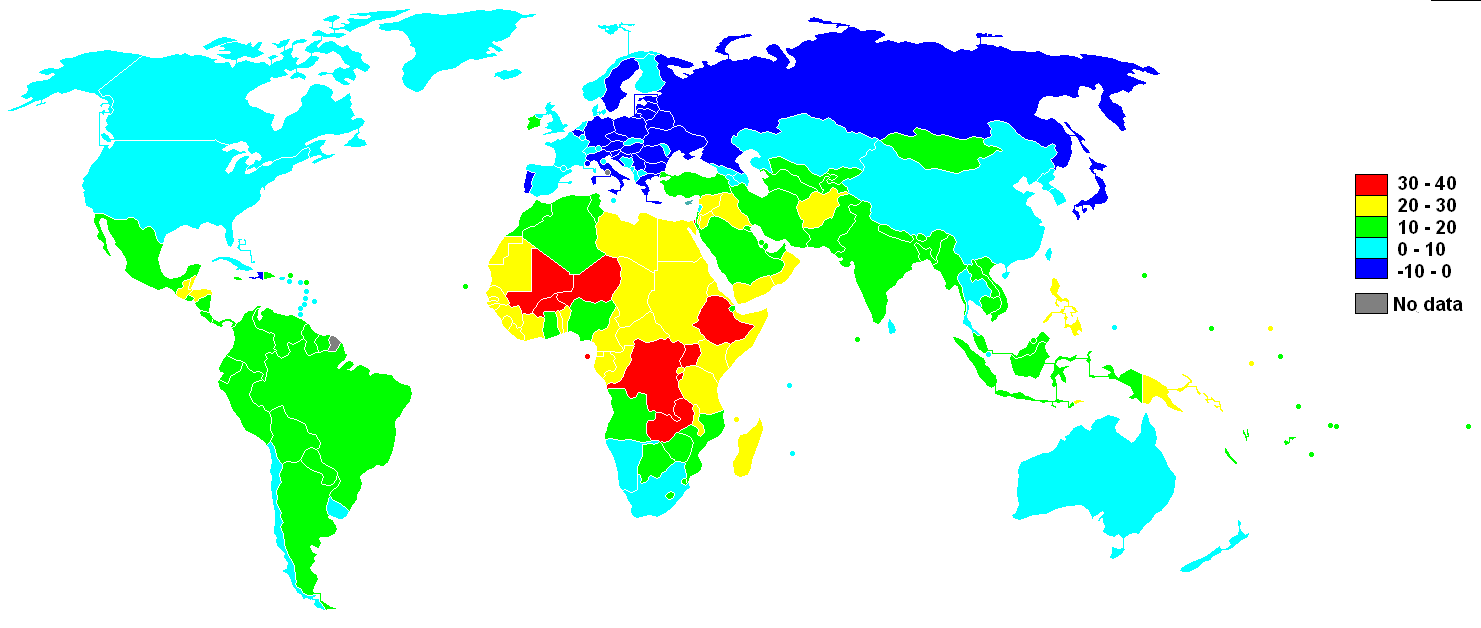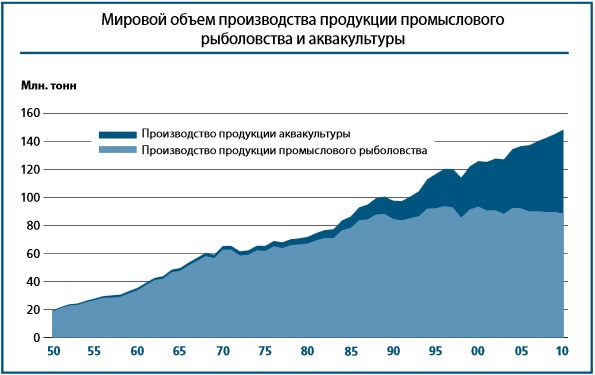Through hardship to the stars. To the imperatives of cosmic colonialism

"Mankind will not remain forever on Earth, but in the pursuit of light and space, it will first timidly penetrate the atmosphere and then conquer all the near-solar space." Like the famous founder of cosmonautics Tsiolkovsky, he added his no less famous phrase “The planet is the cradle of reason, but you cannot live forever in the cradle”.
This Konstantin Eduardovich expressed not only personal opinion, but also the aspirations of all enlightened humanity, even before the time when the heroes of the works of Jules Verne were flying in cannon shells on the moon. Cosmos was an equally natural space for the flight of the imagination (and not only), as well as in its time, a huge ocean surface, stretching far beyond the horizon, and geographic discoveries that had attracted the pioneers of the Great Epoch.
One way or another, through the thorns of the world warrior, man still made his way into space by the middle of the 20th century. But, unfortunately, the euphoria of the first flights to the Earth’s orbit, and then to the Moon, was replaced by the relative stagnation of manned space flight for half a century.
As a result , the 2001 Space Odyssey was far less glorious than Kubrick and Clark imagined.
')
Why this happened and what to expect from astronautics in the future, you can try to understand, examining in three parts the main imperatives that justify the expansion of man into space.
Part 1. The imperative of overpopulation. Demographics and resources.
Most often, this argument is mentioned as the main reason for the exploration of other worlds. Indeed, over the past 100 years, the Earth’s population has increased by 7 times, only up to 250,000 new earthlings appear per day, which, given global mortality, gives an increase of 80,000 people / day! And this number is constantly growing.
However, if you grasp the essence of the problematic, then everything does not look so pitiable.
For example, according to UN statistics, if in the 50s of the 20th century each woman on the planet had an average of 5 children, then this figure had halved by 2010 (2.5, with a tendency to decrease). Almost all developed countries of the world are experiencing a general decline in the birth rate or a negative population growth (even in China it is close to 0)

A consequence of the effective demographic policy of the PRC, applicable in other countries.

The largest population growth is in the developing countries of Asia, the Middle East, Africa and Latin America. However, there is a general decline in the birth rate due to improved living standards and the gradual urbanization of the rural population.
According to most models of the demographic transition , while maintaining the current trend of population growth, the peak will be at the end of the 21st century with 11 billion people (or 17 billion with the most pessimistic forecast), which is likely to be replaced by a negative increase in world population. For the famous Russian scientist Sergey Kapitsa and 17 billion is not the limit for the planet Earth: "With reasonable assumptions, the Earth can support for a long time up to 15-25 billion people." And this concerns not only the inhabited areas (7 billion people occupy no more than 10% of the earth’s land! ), But also food resources.
The density of human settlement of the earth’s land (inhabitants per km²)

Sergei Petrovich’s reasonable assumptions seem more realistic if he familiarizes himself with the global system of the agro-industrial complex:
Urbanization and agriculture account for 37% of the world's 149 million km² of land (3% for urban and rural buildings, cultivated land - 11%, pastures and meadows - 23%). If out of the remaining 63%, half of the land area is occupied by forests (33%), the remaining 30% are not used at all! This is approximately 40 million km2, which is 10 million km2 more than the area of Africa, and 3 million km2 more than the surface of the Moon.
It would, of course, be much easier and more logical to master earthly deserts than to tame the incredibly difficult climatic conditions on other planets. This would allow to increase the harvest at least twice!
Not all is hopeless with the depletion of the biological resources of the world's oceans (hydrobionts). On the one hand, over the past decades, there has been a steady increase in the production of hydrobionts (80 million tons in 1980 and 140 million tons in 2000!), Disrupting the biological equilibrium of the world's oceans, but on the other hand this growth is largely due to the development of aquaculture - artificial breeding of aquatic organisms on an industrial scale. .

However, the main problem with the production of food resources is associated not so much with the reduction of hydrobiotic or land resources (per capita), but with environmental problems and the organization of production / distribution of these resources. This leads to the fact that 1/3 of the food produced in the world is simply thrown into the garbage ! It turns out not a rosy picture, 15% of the population of the Earth is systematically starving, although food production is 16% higher than global demand! Obviously, the solution to this problem is not on Mars, and certainly not on the Moon.
Recent advances in genetic engineering allow hopes that a person will be able to create biological cultures that can not only survive, but also give rich harvests in the difficult conditions of earthly deserts, and even transform these regions.
And it may be that Tsiolkovsky 's prophecies about the possibility "(...) even huge greenhouses to do with walls are very thin. Maybe even the plants will be processed so that they will live without an external gaseous environment, processing everything inside of them, like zoophytes (cacti). If we dream of such a transformation for animals, then all the more we can scientifically think about the same things for simpler creatures as plants. ”, Will concern the use of methods and biotechnologies in mankind, which have been successfully tested on Mother Earth.
Artificial bacterium Mycoplasma capricolum. Probably the first step towards the fulfillment of Tsiolkovsky's "prophecy".

Much more encouraging situation with minerals. Earth is not only the largest planet of the terrestrial group, but also exceeds all the planets of this group together, including the Moon. Geologists believe our stony giant is theoretically an inexhaustible storehouse of minerals (except hydrocarbons).
However, the extraction of resources on the Moon and in the asteroid belt can be justified in case of a demand for rare-earth and prospective resources. One of the most likely solutions to the energy problems of mankind is controlled thermonuclear fusion. At first, it is proposed to use the deuterium-tritium reaction. The first isotope of hydrogen in large quantities is contained in the oceans (5 * 10 ^ 16kg!), And tritium is obtained by synthesis of lithium 6, which is enough both in the earth's crust (20g / t of rock) and in the depth of the oceans (17mg / l). However, in the future, it is possible to use an extremely rare helium isotope 3 for the deuterium-helium reaction, with a much larger energy release than in the deuterium-tritium cycle!
Large reserves of this isotope are associated with the lunar regolith, which may become the main reason for the permanent presence of man on the lunar surface in the future. Of no less interest are the platinum group metals, which class M asteroids are rich in, especially iridium, which is extremely rare on Earth.
A touching video about the everyday life of future helium miners 3. H / f "Luna 2112".
In the next part, we will examine the scientific and technical imperatives of human presence in space. No doubt that it is scientists and engineers who will be the forerunners of the shock troops of the workers of the space corporations of the future. And even these foremost scientific thought will not be limited to potential financial gain.
Source: https://habr.com/ru/post/224193/
All Articles